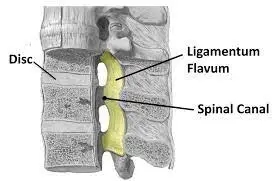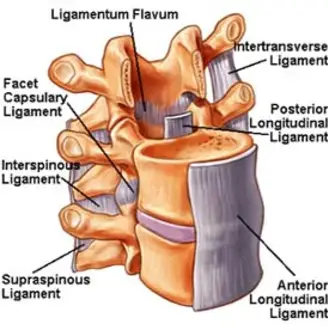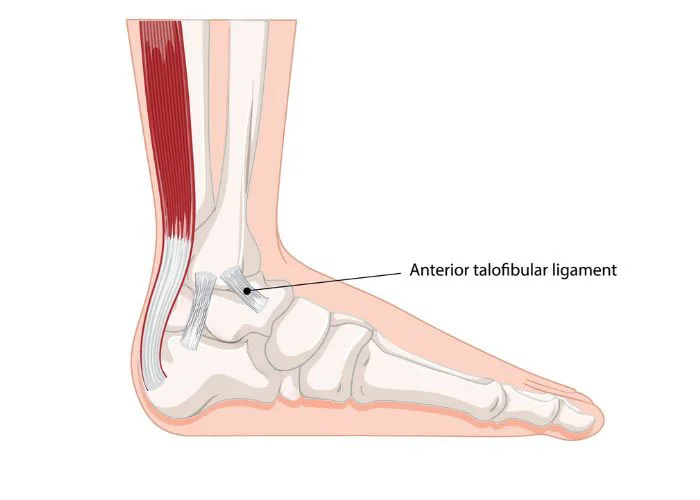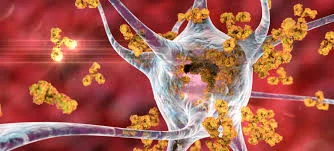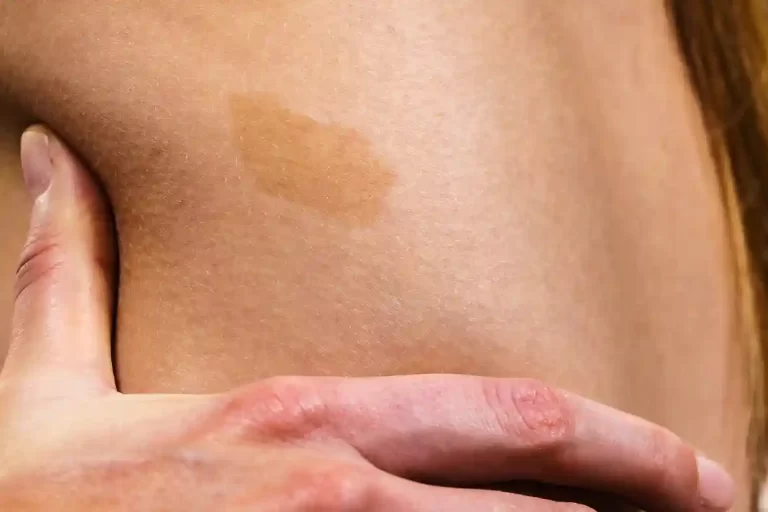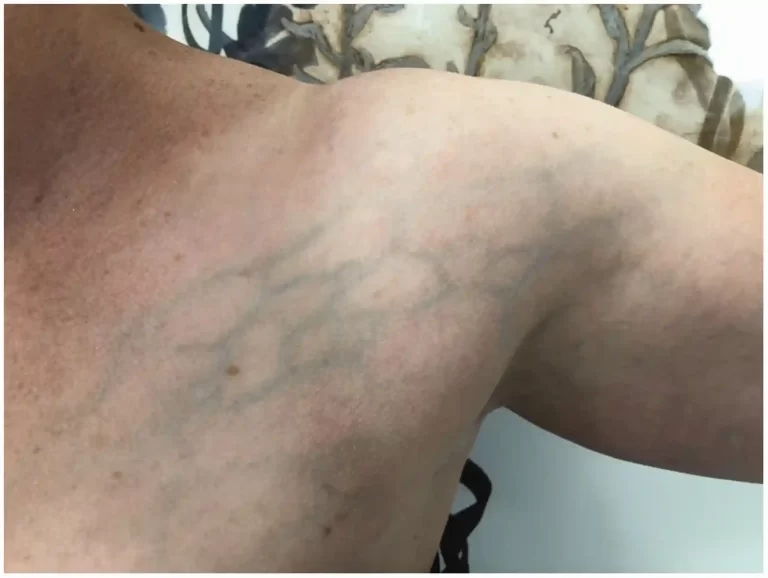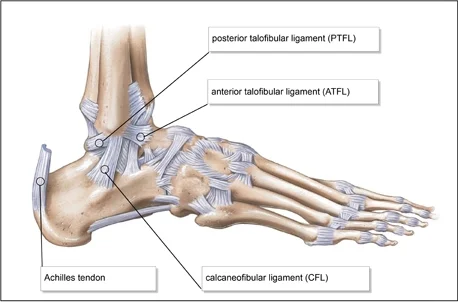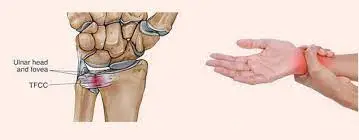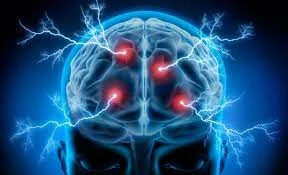Ligamentum Flavum Injury
Introduction: The ligamentum flavum is a strong, elastic ligament that connects the laminae of adjacent vertebrae, playing a crucial role in maintaining spinal stability and posture. Injury to this ligament, often due to trauma, repetitive strain, or degenerative changes, can lead to thickening or hypertrophy, potentially compressing nearby nerves or the spinal cord. This may…

